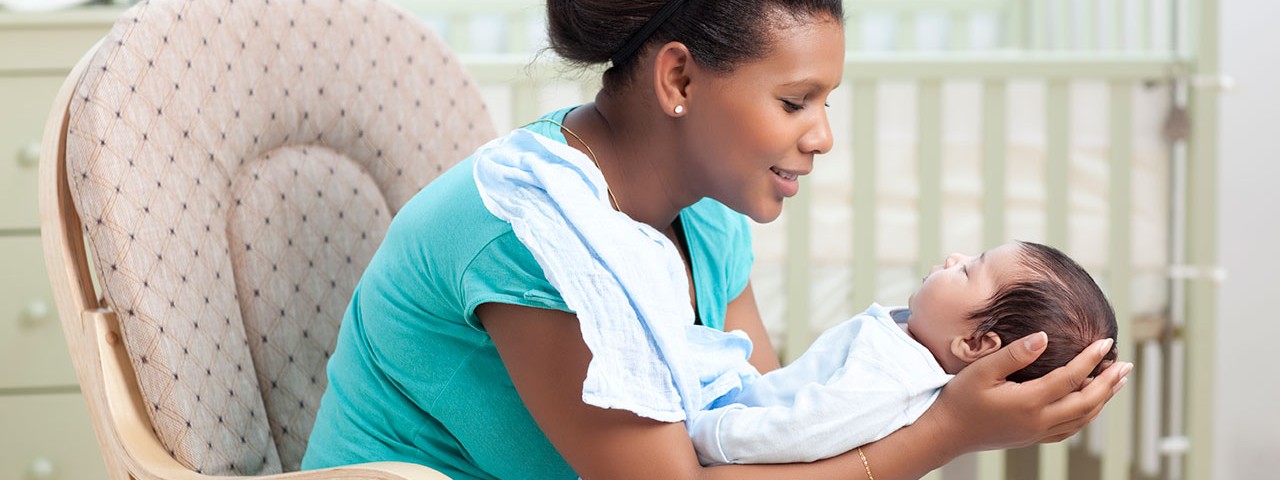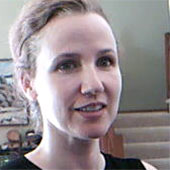Empathy and Kindness: Early Developmental Milestones
- Tweet

Can your baby feel or imagine another person’s emotions? Is your toddler capable of showing sympathy for others? Some people think that kids don’t develop these abilities until after the age of three. But it isn’t true.
Can your baby feel or imagine another person’s emotions? Tweet this!From the beginning, babies show a remarkable sensitivity to our emotional cues, and, with our support, they can develop some pretty impressive empathic skills. Here is a guide to some of the most exciting developments in your child’s ability to empathize and show concern.
The first weeks
Immediately after childbirth, it might seem that your baby is merely concerned with feeding and interrupting your sleep. But experiments show that newborns are also capable of a basic form of empathy: for example, they react with distress when they hear other babies cry.
In addition, young babies possess a number of features that can help them “tune in” to our feelings and thoughts. Studies show they pay special attention when you speak to them in a pleasant, melodic, and emotionally expressive way. Assuming you are close enough for them to see you well (within 12-14 inches), newborns are capable of noticing the difference between a responsive, emotionally animated face, and one that has gone blank and expressionless, and they don’t like blank.
And babies know how to focus on eyes. They prefer to look at people who make eye contact, a preference that should become more obvious as the weeks roll by. Over time, you should also notice your baby attempting to follow your gaze. She is interested in what captures your attention.
It all adds up to a baby who wants to interact with you, and the more you do it, the more your baby will learn. Research suggests our one-on-one “conversations” encourage babies to mirror or mimic our facial expressions, and the very act of mimicry can make babies share our emotions. When you talk to your baby, watch her reactions, and respond to her like a true conversation partner. You are teaching her to empathize.
6-8 weeks: The social smile
In the early days, you might have seen a kind of smile on your baby’s lips. Sometimes newborns smile during sleep, or when they are passing gas. But by 6-8 weeks, all that intimate communication pays off. Your baby now can flash a real smile at you. Watch how your baby uses his social smile to engage you. He’s learning that he can make you happy!
8-10 months: Concern for people who look sad
They can’t talk yet, and they might shrink away from us if our emotions frighten them. But given the right conditions, many babies this age are capable of showing sympathy. The next time a friend or family member is quietly distressed, see if your baby shows signs of empathic concern – by facial expressions, gestures, vocalizations, or attempts to understand.
12 months and up: Pretend social play
You might see it as early as 12 months, or even before: Your baby lifts an empty cup to her lips and pretends to drink. She slurps with gusto…and laughs.
From these simple beginnings, children develop more sophisticated make-believe, particularly if they play with older children and adults. For instance, if a two-year-old sees you pretending to pour tea on a teddy bear’s head, she might respond by pretending to dry it off.
How is this relevant to empathy? When people pretend together, they have to tune into each other’s intentions, cooperate, and think about each other’s roles. Maybe that’s why preschoolers who engage in lots of social make-believe end up with more advanced perspective-taking skills.
14-18 months: Simple helping
Suppose you drop a crayon on the floor, and then pretend to reach for it. You act like the task is too difficult. What will a watching toddler do? In clever experiments, researchers have shown that 14-18-month-old babies are likely to pick up the crayon and hand it to you – without any prompting. As your baby enters his second year, watch for these signs of empathy and helpfulness, and be a role model of helpfulness yourself.
18 months: Learning that different people want different things
If you ask a 14-month-old-baby to select a treat for you, she’s likely to make an egocentric choice, based on what she likes, rather than on what you like. By 18 months, many babies make an important empathic breakthrough: They will bring you something they’ve seen you enjoy in the past – even if it isn’t one of their own favorites.
24-36 months: Deeper understanding
As kids get older, they will continue to develop the abilities that emerged during the first 18 months, showing more sophisticated understandings than ever before.
For example, studies show that 30-month-old children help in ways that require much more thought than helping you reach for a crayon. If you shiver and complain of cold, they might bring you a blanket. If they see you looking lonely and tearful, they might bring you a teddy bear.
But at this stage they still have much to learn, and their progress depends a lot on us.
When kids seem insensitive to another person’s distress, help them identify with the victim and imagine what the victim is feeling. Talk with kids about emotions and motives, and coach them on constructive ways to handle their own difficult emotions and impulsive behavior. By actively fostering empathy and kindness, we help steer our children towards a lifetime of social success.

